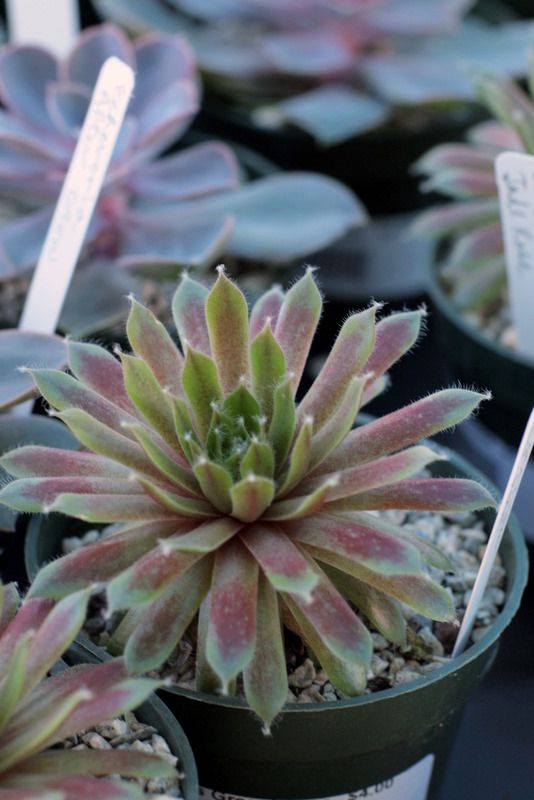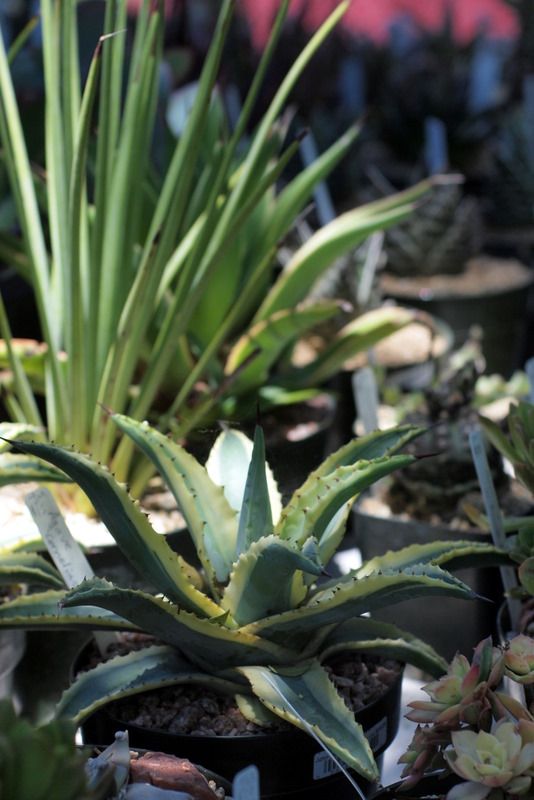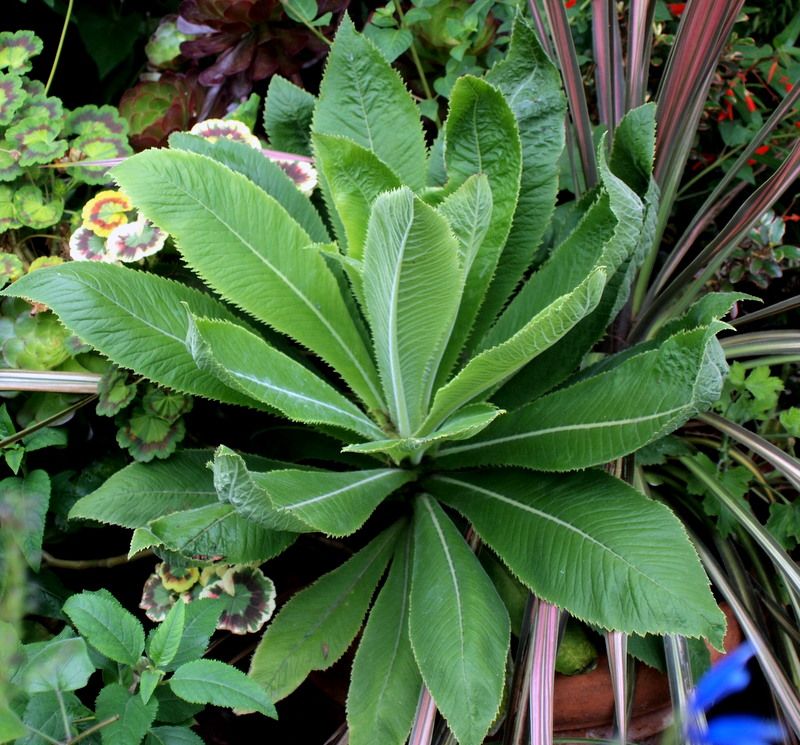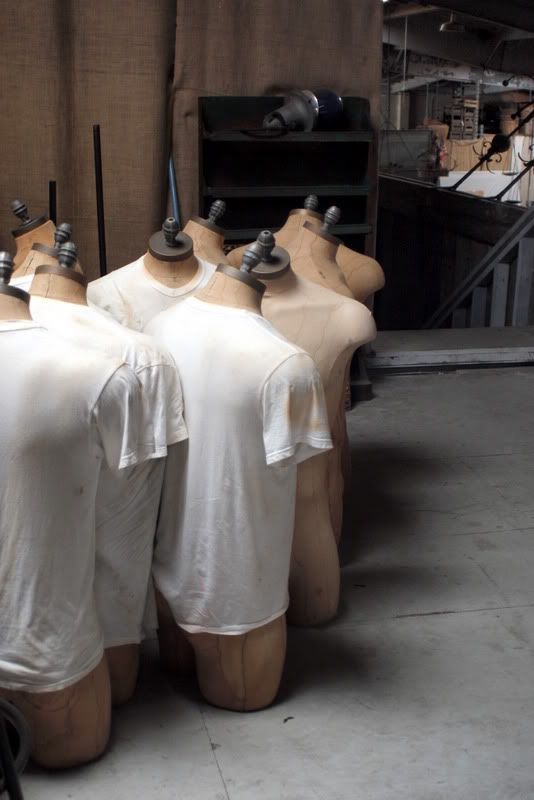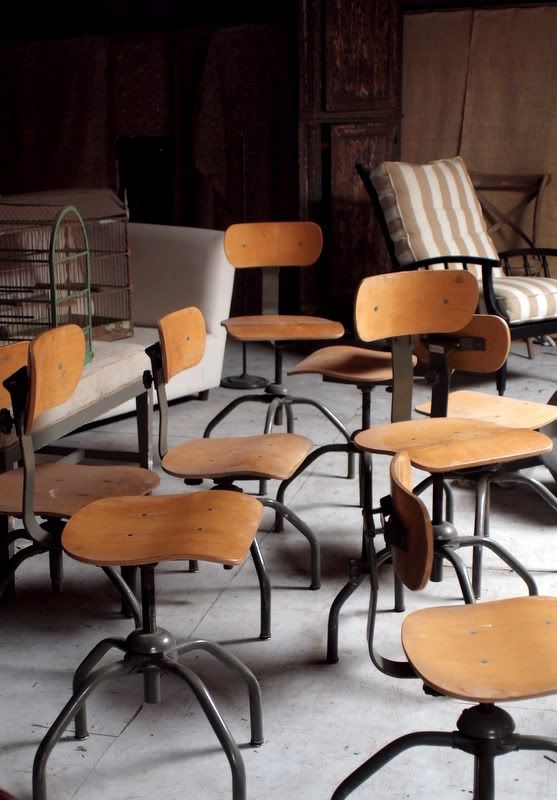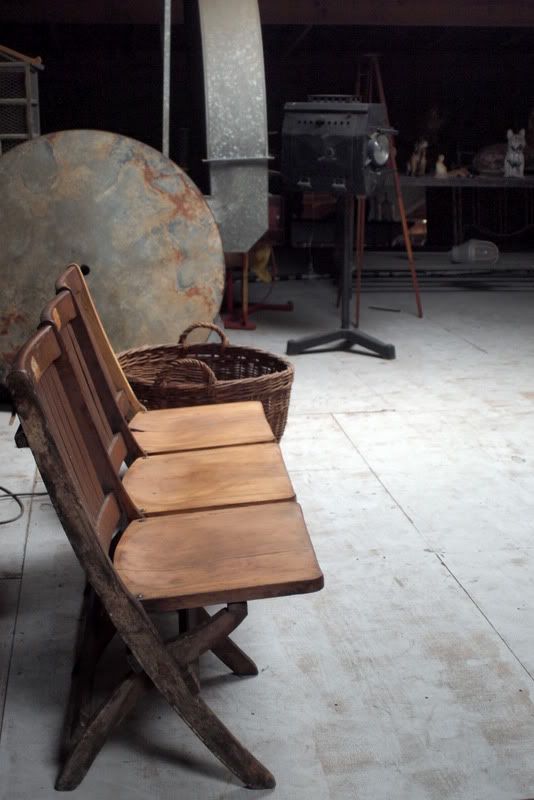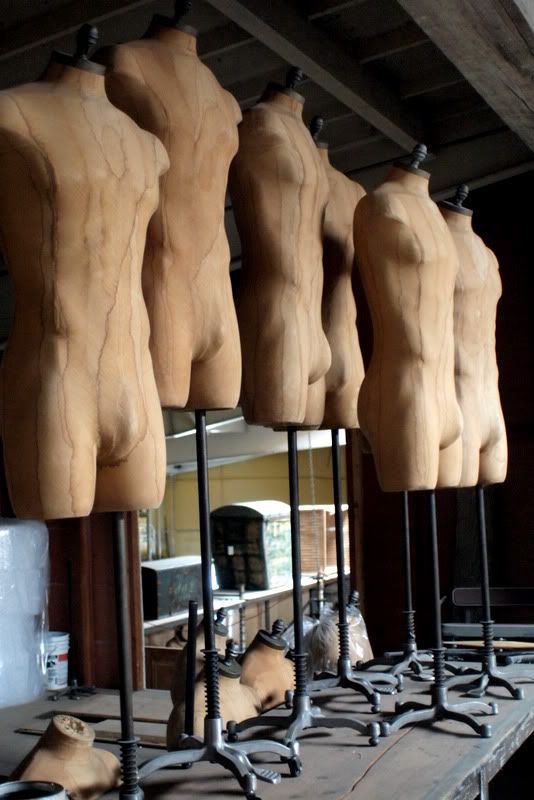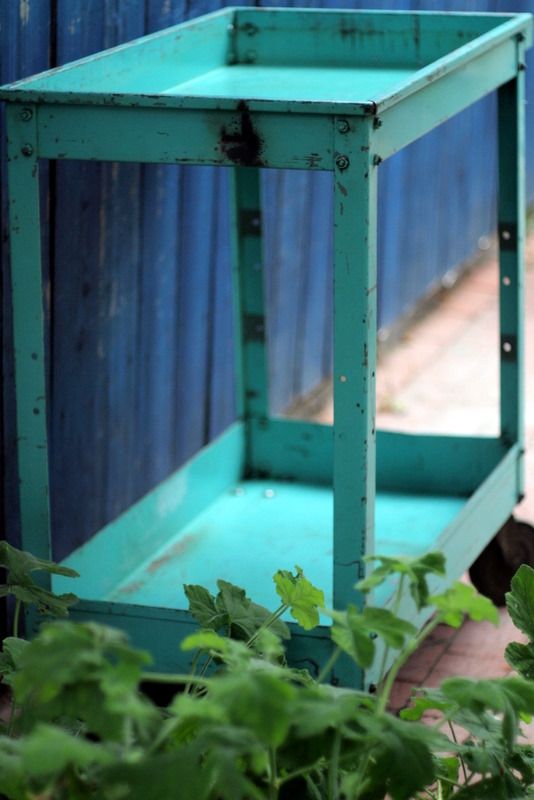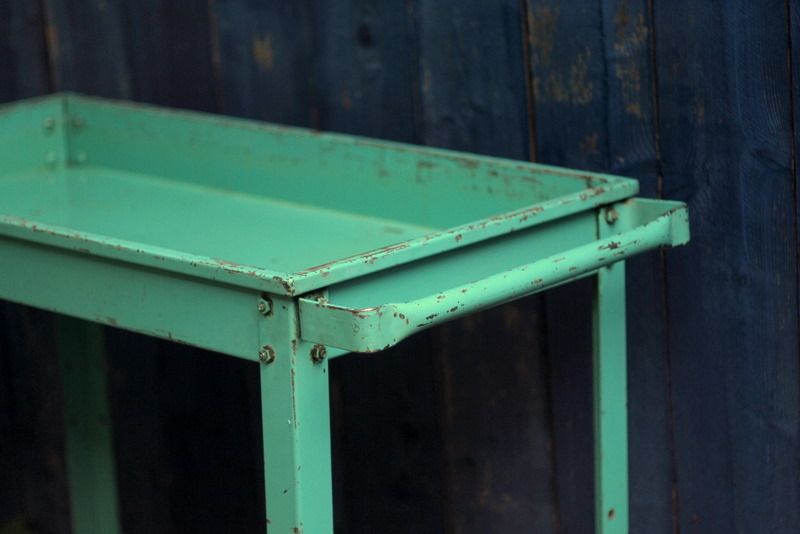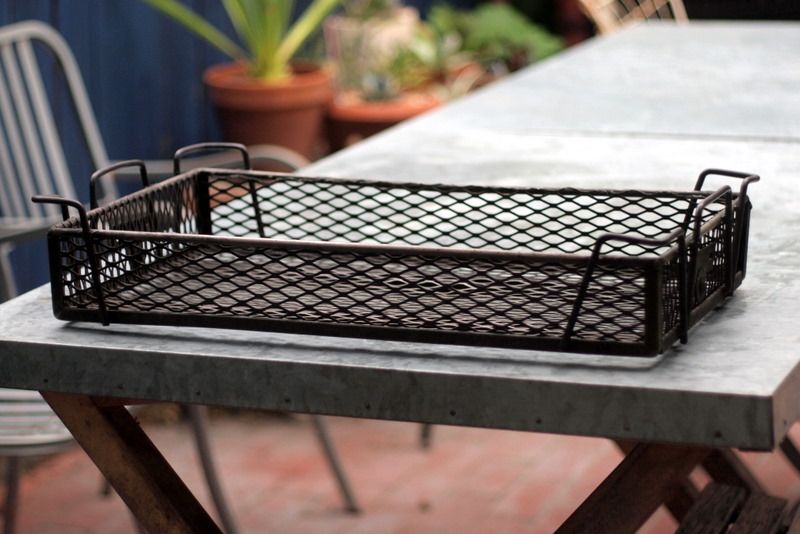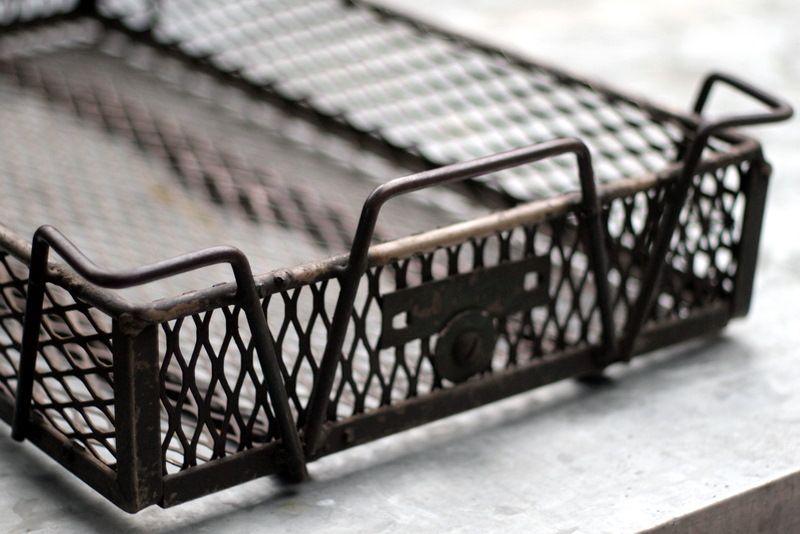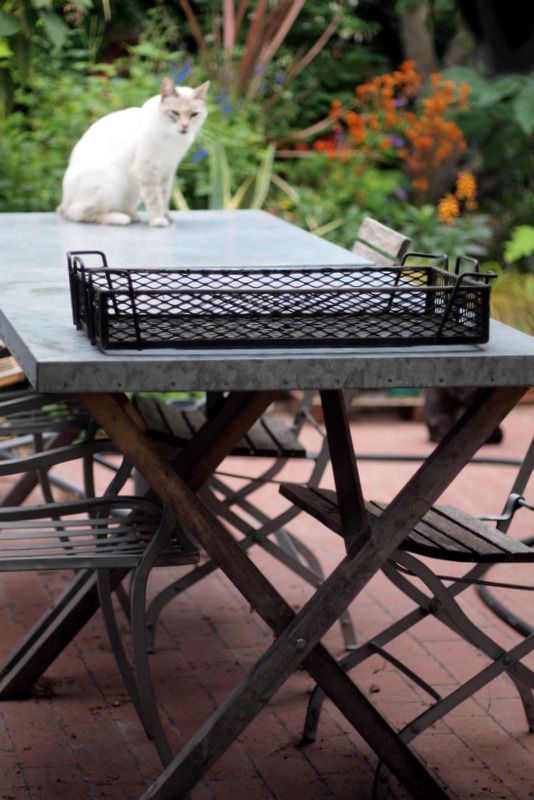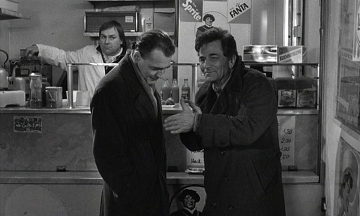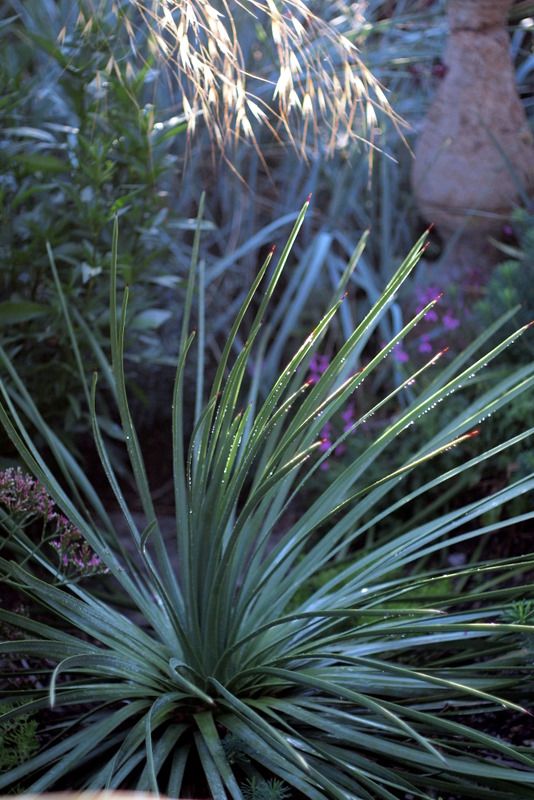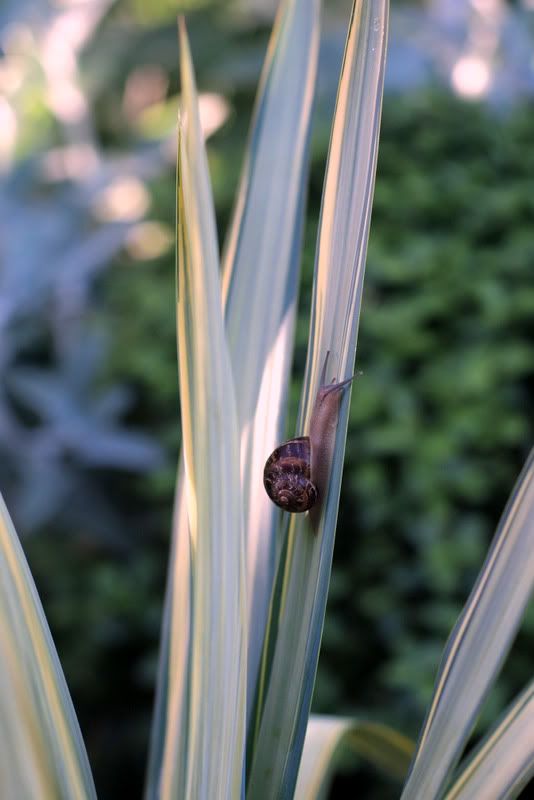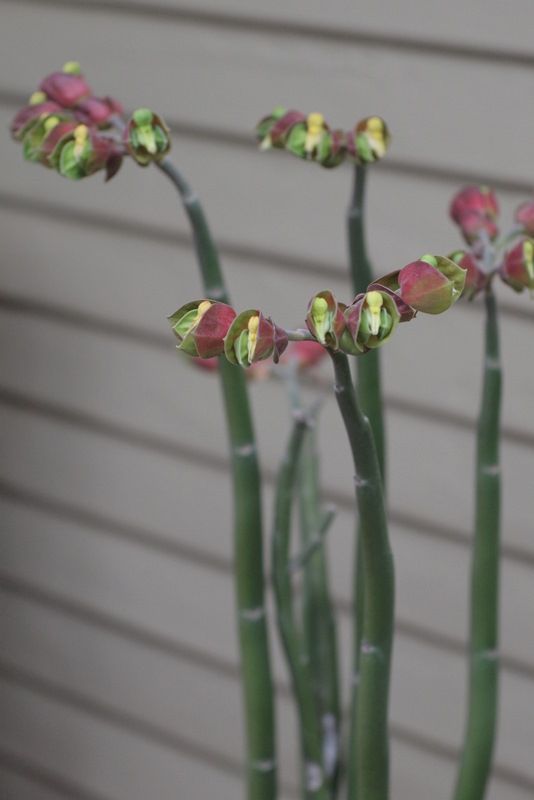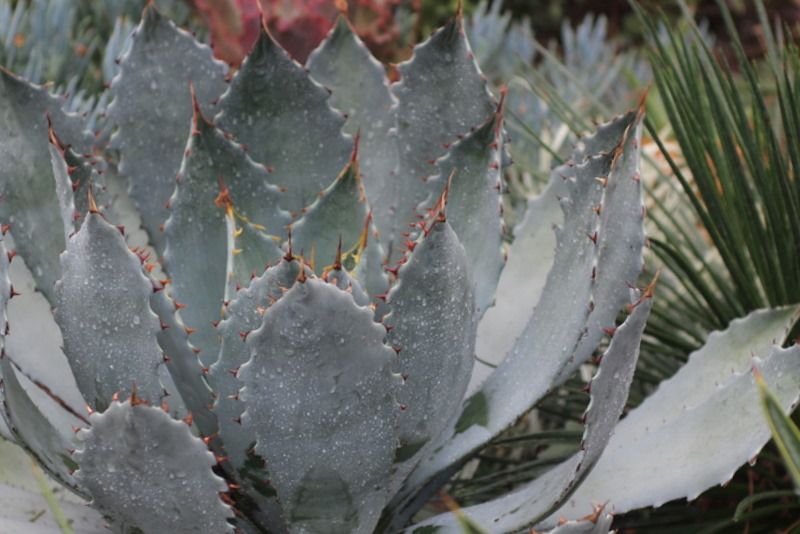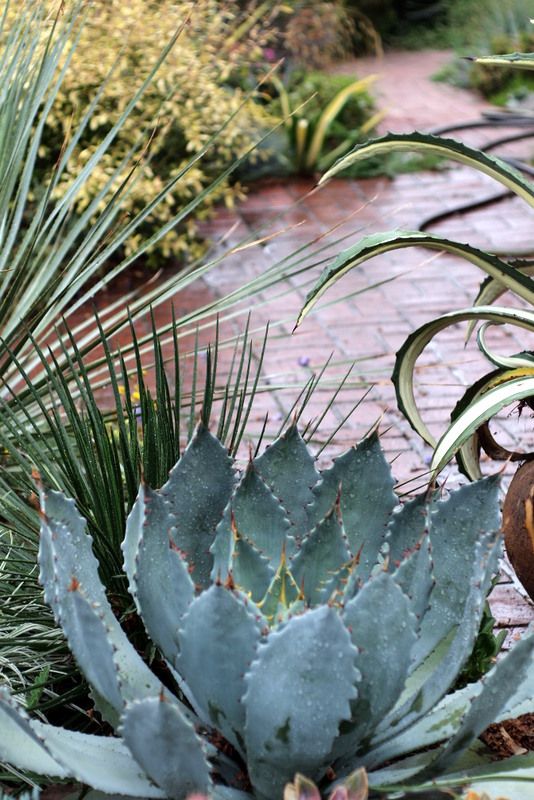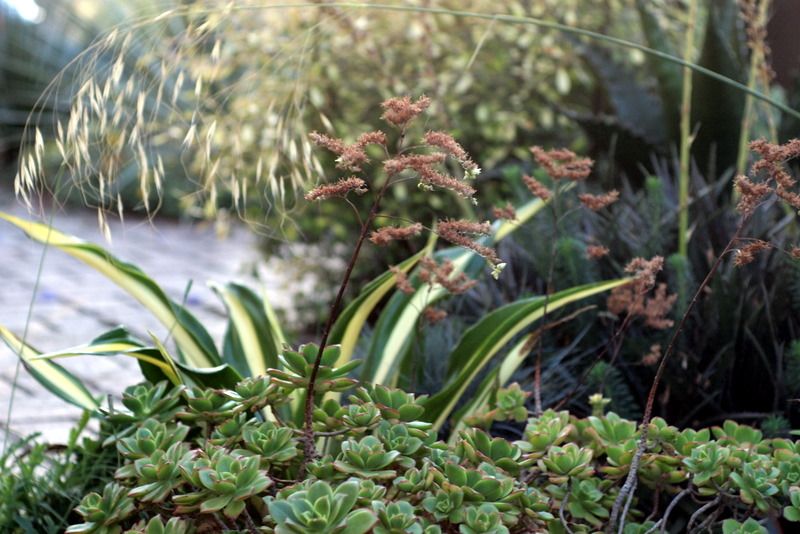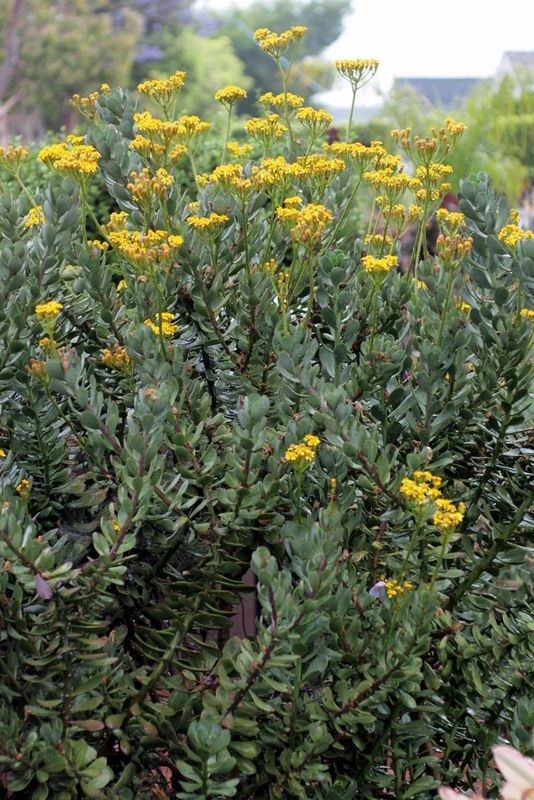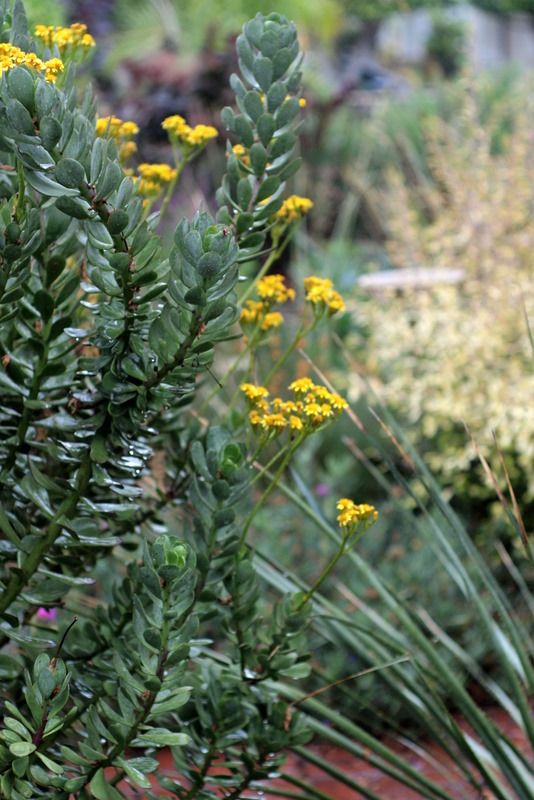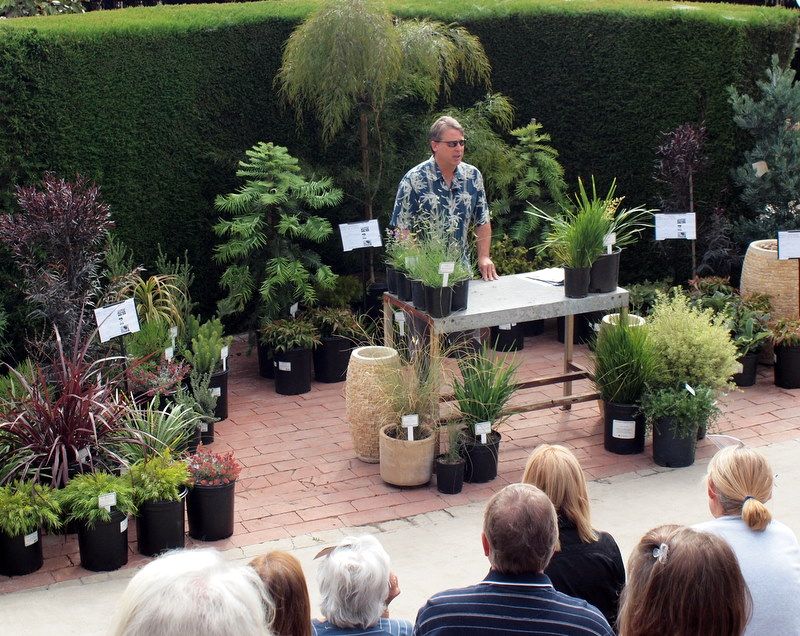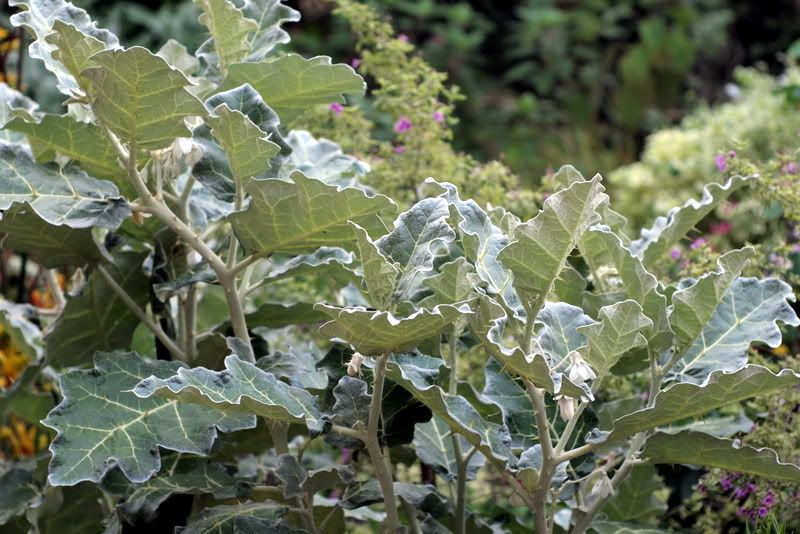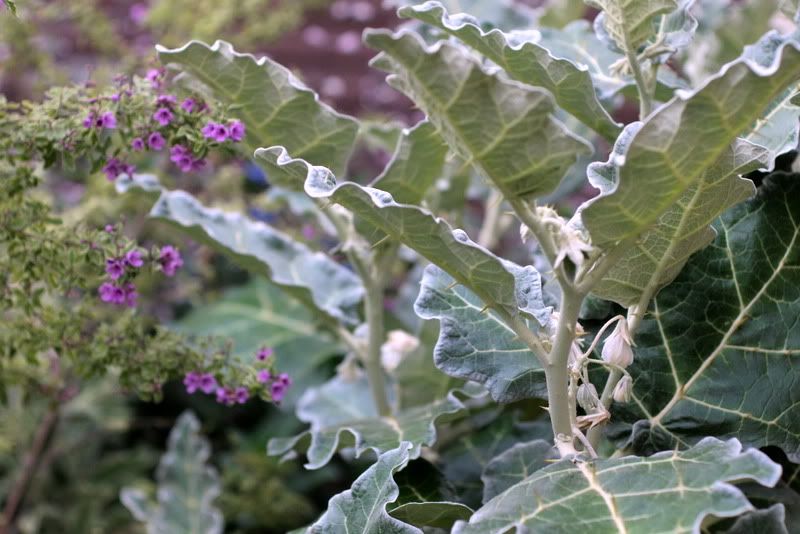Why has it taken me so long to check out local plant societies? I’ve been a member of the various conservancies, The Mediterranean Garden Society, but membership was mostly in a passive sense, as a means to attend tours and lectures. There might be a small fear of compulsory meetings, which seem to always be held a good 40 miles away, in which case the will to attend usually flags on meeting day. But in the past month, as I checked out Cactus and Succulent Society of America-sponsored plant sales in San Diego, Los Angeles, Pasadena, and attended a meeting of my local Long Beach Cactus Club (oldest cactus club in the U.S.!), it’s become apparent that there’s nothing to fear and a huge amount of information (and plants!) to be gained.
In exchange for creating and maintaining a cactus and succulent garden on site, The Long Beach Cactus Club is allowed to hold its meetings at the Dominguez Rancho Adobe, a California State Historic Landmark. The old rancho is also home to a seminary of the Claretian order, which means the grounds are intensely private and quiet, allowing the thick adobe walls to work their magic in evoking Old California.
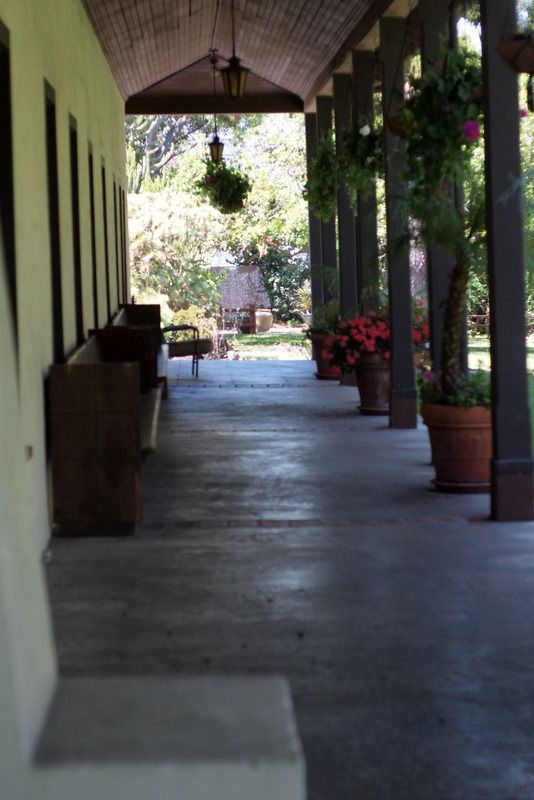
It hadn’t occurred to me how insular a plant society might be. If it had, I would never have had the nerve to attend alone. I strode into the newer outbuilding where the talk was taking place and then froze up just across the doorway threshold, instantly realizing I was in the company of people who had been friends for many years. Once the group recovered from the palpable shock of a new face in their midst, I was greeted very warmly and, as a guest, was invited to choose a free plant from a little table. I kept that bright orange-leaved aloe at the foot of my chair the entire meeting. Everyone is allowed to select a free plant, and scanning the room I noted that most of the other selections were cacti. At this stage I’m more interested in succulents in a landscape and garden setting, which was one of my biggest reservations about cactus clubs, that somehow plants would be reduced to a hobbyist pursuit. What I found at the meeting was a comprehensive cultural, scientific and historical approach to the plants that quieted any such misgivings. Woody Minnich gave a talk on a recent plant-exploring trip to Peru. Exquisite photos of Machu Picchu, Cuzco, the Nazca plains from a four-seater plane. Be still my anthropology-loving heart! I was riveted to the folding chair. Apart from his authoritative knowledge of the plants, Mr. Minnich’s talk reflected his catholic interests in the people of Peru, the food, culture, geology, and he’s simply a wonderful photographer. He speaks at cactus and succulent groups all over the world. If his name pops up as a speaker at a society near you, I strongly urge you to attend. He just might be presenting a talk on his recent trip to Namibia.
I bumped into Mr. Minnich again at the Cactus & Succulent Society of America’s sale at the Huntington Botanical Gardens this past weekend and told him again how much I’d enjoyed his talk. And then I got busy checking out the plants. And, yes, I succumbed and bought one of the specialty pots offered for sale at these shows. (This one is from Mark Muradian. Unfortunately, I lost my little notebook at the plant sale, and Mark didn’t have a business card, so I don’t have contact info, but he does sell through ebay.)
Lucky day to bag the elusive Agave americana var. striata. I asked the vendor if the difficulty in finding this agave is due to it possibly being less vigorous, offsetting less, and (fingers crossed) thereby being a a smaller, more manageable A. americana, and he said not at all, that it grows as big and pups just as furiously as the species. Still couldn’t pass it up.
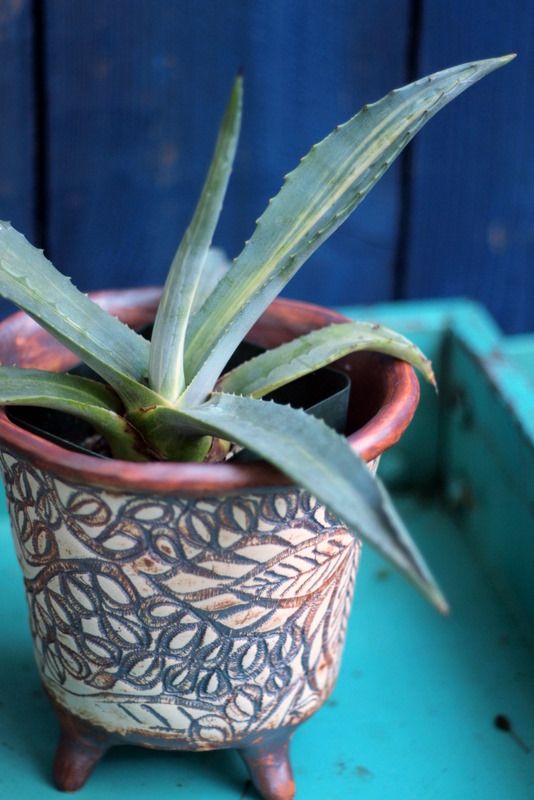
I also brought home Sedum confusum, Crassula rupestris, Agave guiengola ‘Creme Brulee,’ Agave ovatifolia ‘Frosty Blue,’ and an Agave utahensis which I gave away as a hostess gift last night.
More examples of pots by Mark Muradian

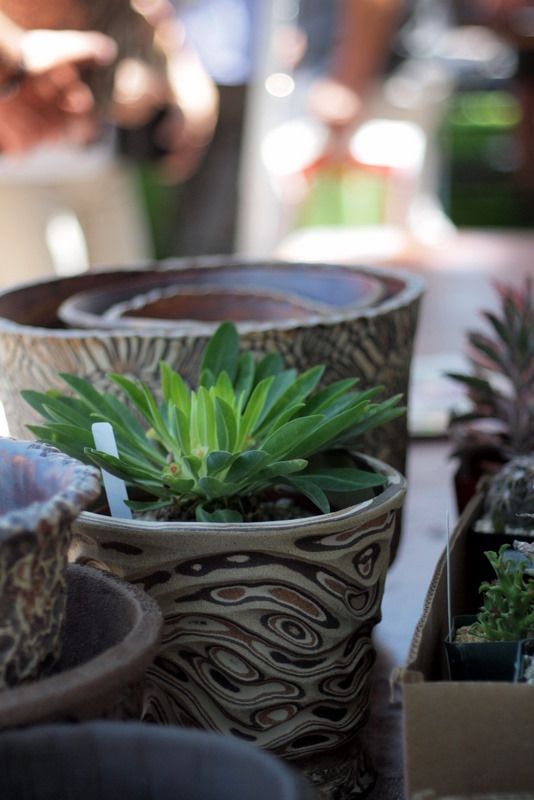
The mother of all cactus and succulent shows is coming up August 13th and 14th at the Los Angeles Arboretum, The Inter-City Cactus Show & Sale. Not one to miss.
